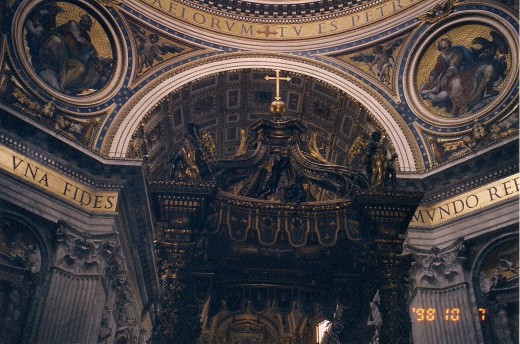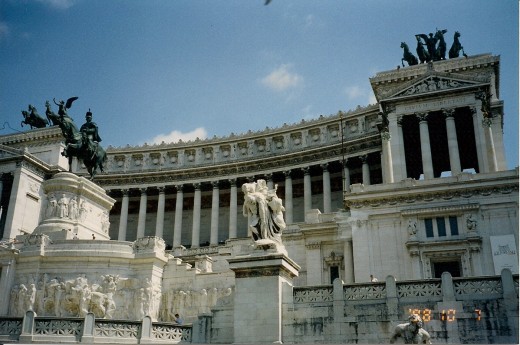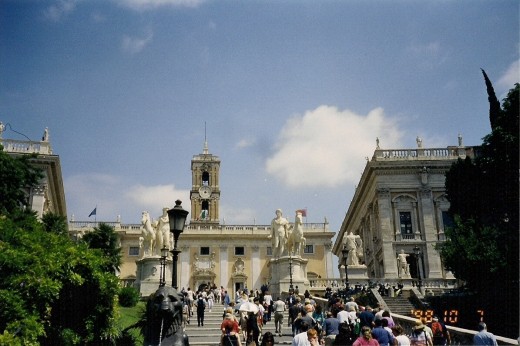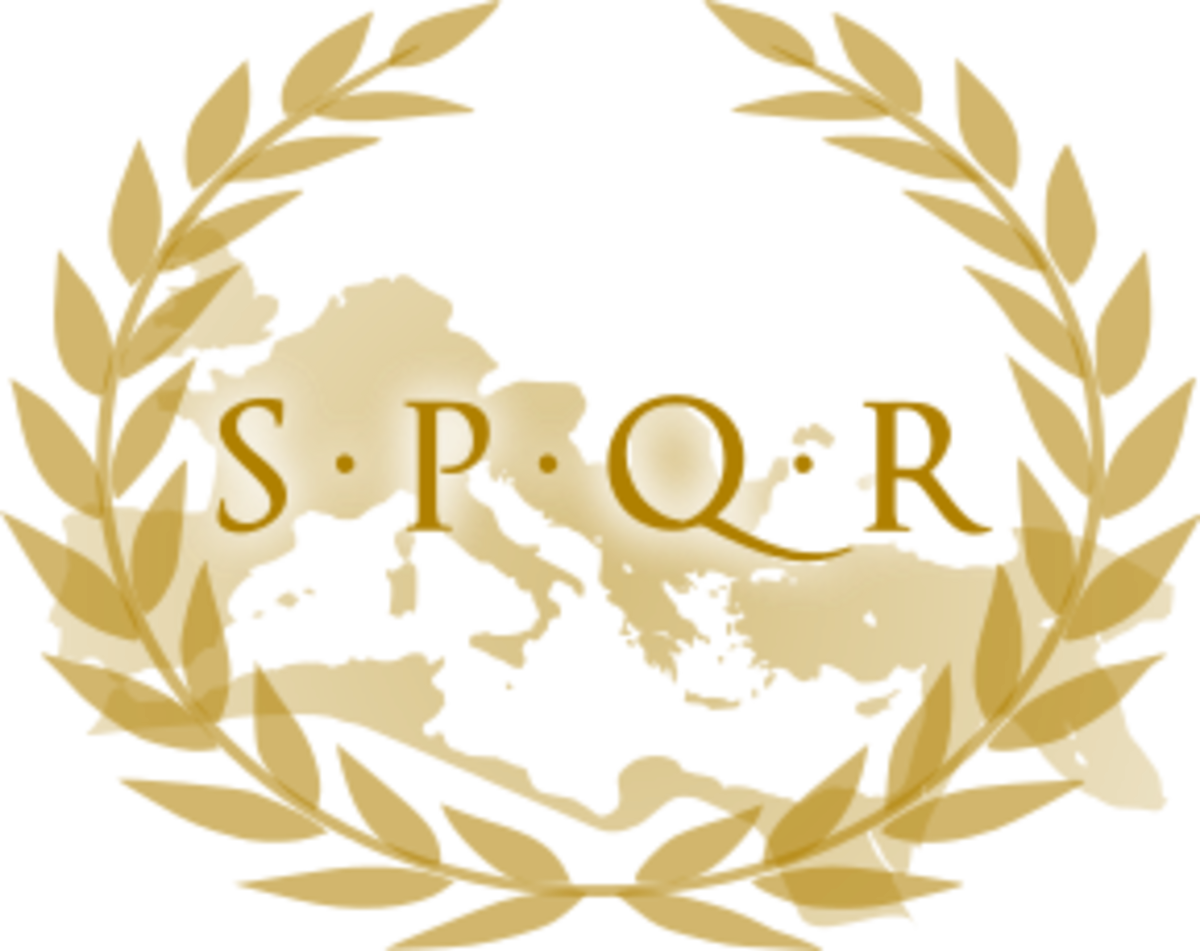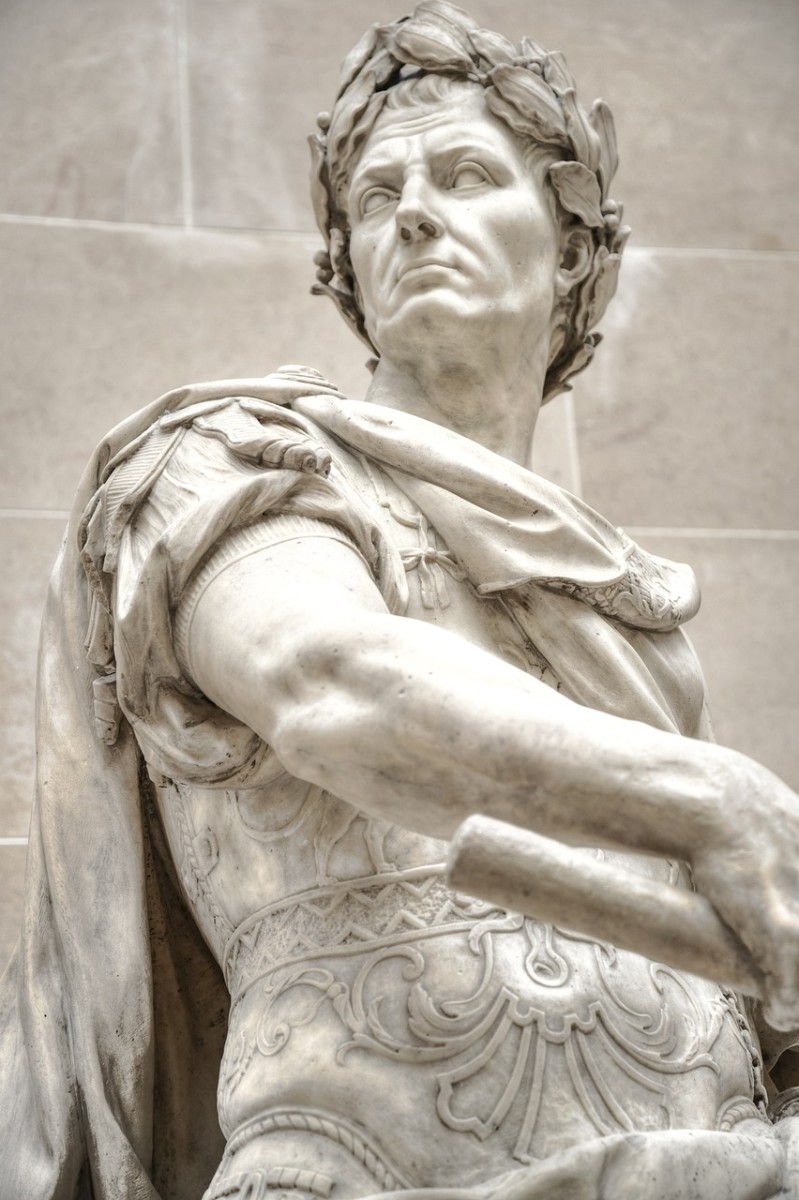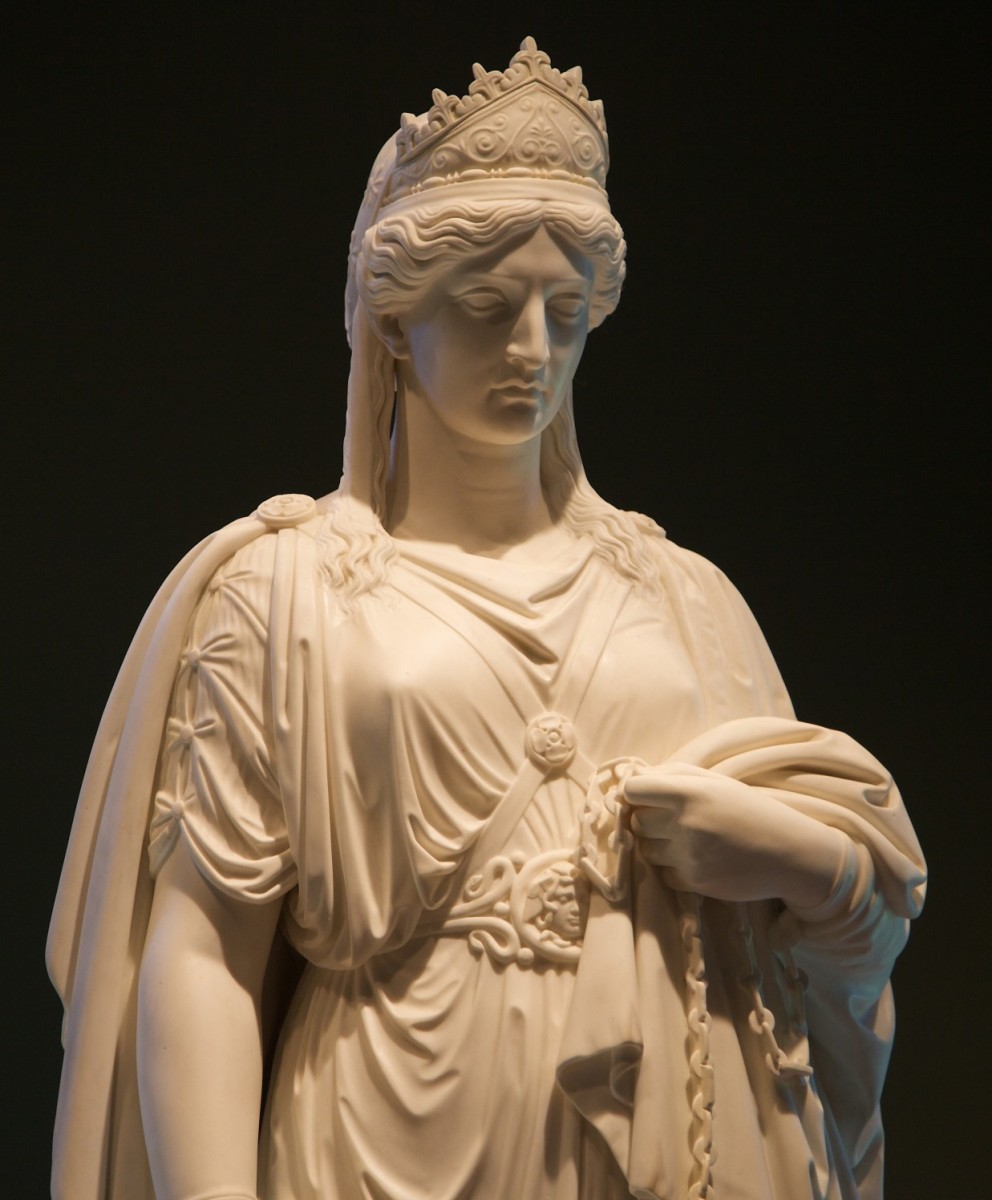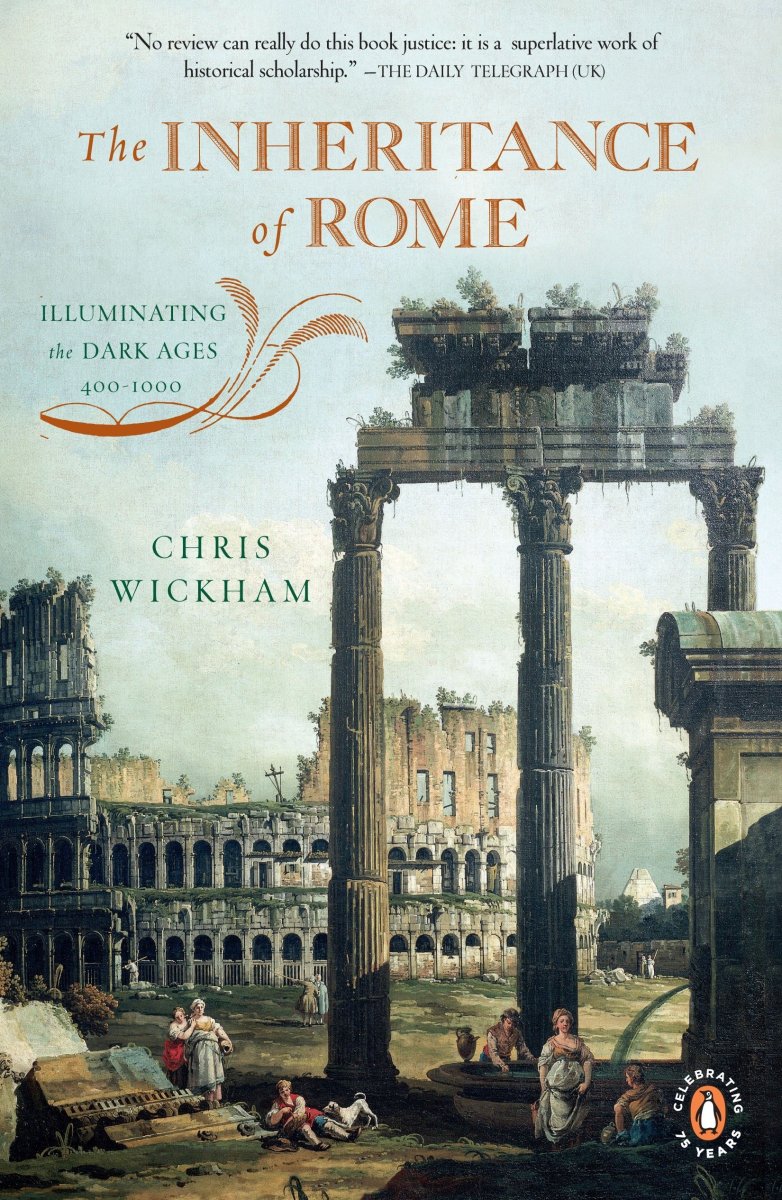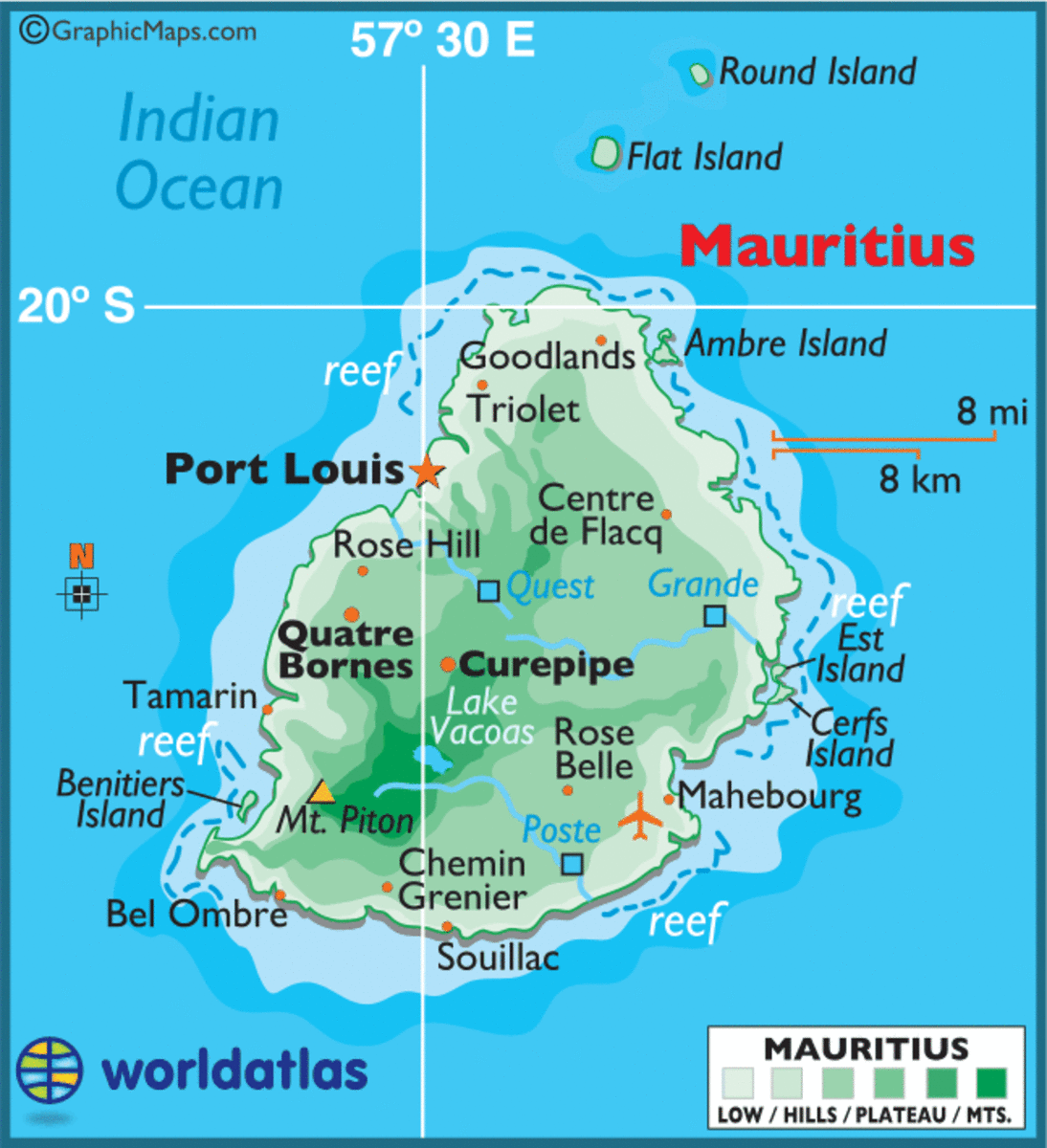Rome, Italy
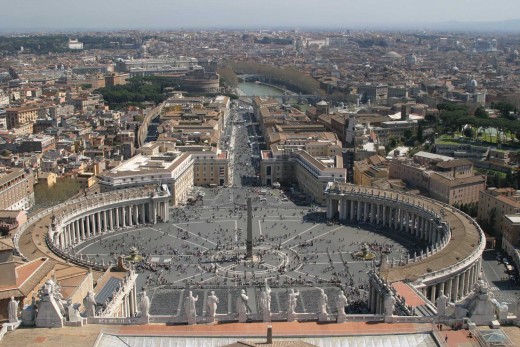
The History of Rome
Mountains of words have been written about Rome. I have no new scholarship to report but for those uninitiated into the history of Rome, I will provide a short overview.
Rome was founded by Romulus in 753 B.C. on seven hills commanding the strategic crossing point of the Tiber River.
It became known first as the Roman Kingdom (with a written constitution); then the Roman Republic in 509 B.C.; and the Roman Empire in 31 B.C.
Caesar (Czar in Russian and Kaiser in German) declared himself emperor in 48 B.C. (after crossing the Rubicon [River]). He was assassinated by his "friends" four years later, and Octavian (Augustus) took over. It was he who famously defeated Cleopatra and Mark Antony in 31 B.C.
[All photographs by James A. Watkins]
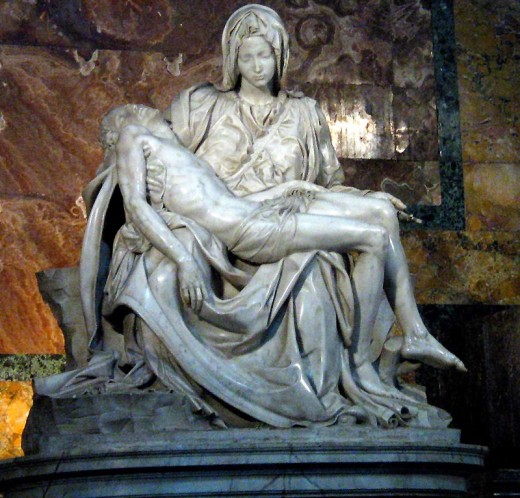
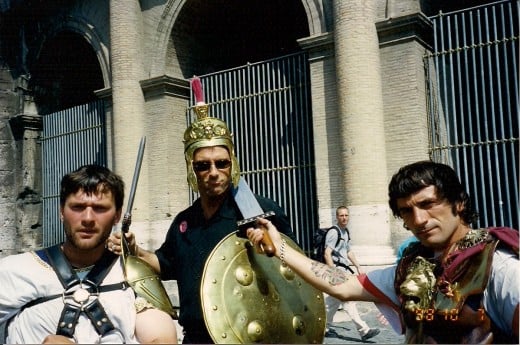
The Roman Republic
Rome had conquered Greece "the Mother of Europe" in 266 B.C. militarily; but it can be said that Greece conquered Rome culturally (Grecian culture is properly called Hellenistic).
Ancient Rome was an incredibly cohesive society. Strong families, local control over local issues, and civic responsibility were the lynchpins of this society.
It is famous for its ground breaking and extraordinary prowess regarding the organization of a powerful military; building roads (all roads lead to Rome); establishing property rights; enforcing a uniform standard of conduct; administering its state; producing literature (Virgil the master) and art; and incredible advancements in law (contract law in particular) and engineering (aqueducts, baths, theatres, temples, monuments). Romans mastered the arch and the vault in their architecture.
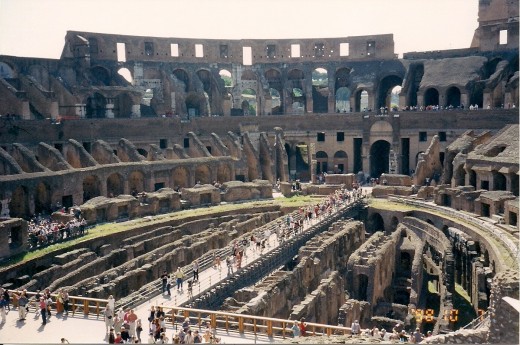
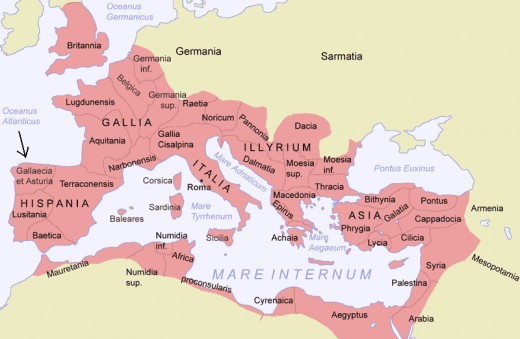

The Roman Empire
By the time Jesus Christ walked the Earth, Rome had conquered Palestine (Israel); Syria; Egypt; Asia Minor (Turkey); Gaul (France); Macedonia; Northern Africa; and Iberia (Spain)—the entire coastline of the Mediterranean Sea.
Perhaps 30% of all the people in the world lived in the Roman Empire—approximately 65 million people.
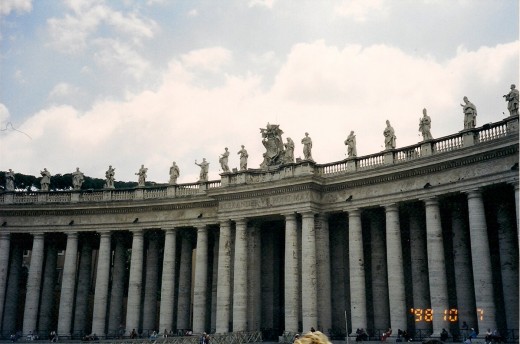
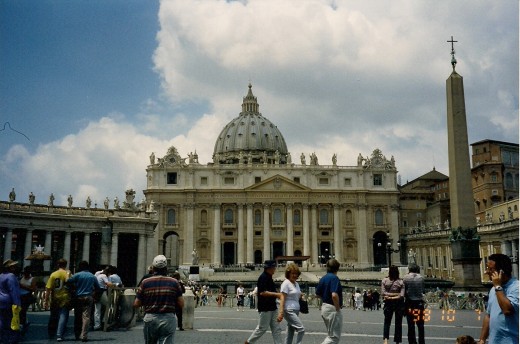
The Czar Appoints little Czars
Unfortunately, Rome eventually became an extremely decadent society—focused on gluttony, luxury, greed and vanity; where cruelty and violence was common; and a particularly repulsive brand of slavery was created (the key to the Roman economy).
Caesar Augustus established a level of authoritarianism by breaking with centuries of history, tradition, and Roman law. He created new heads of Roman bureaucracies that reported directly to him, instead of to the Senate.
The rulers pacified the populace with "bread and circuses." Regarding the former, 20% of the population of the city had grown dependent on the government for food.
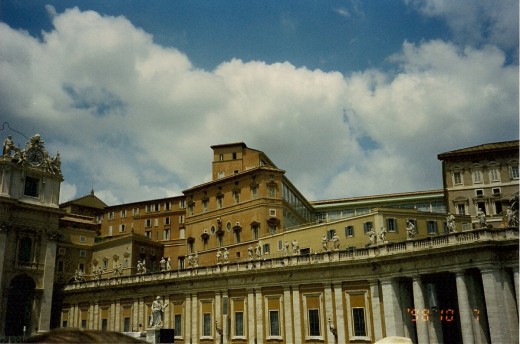
Roman Games
"Games" in the Colosseum became a fixture in the lives of the Roman citizens after it was constructed in 80 A.D. Gladiators fought to the death before screaming spectators. There was a problem in that these crowds would get bored with the same old show and so there came about a progression to more and more gruesome spectacles to please the crowds.
What began with 3 pairs of slaves fighting to the death one afternoon, eventually became a three month festival where 10,000 human beings and 11,000 animals perished to satisfy the blood lust of the fans. Some "games" included military battles, and even naval battles in flooded arenas.
Christians were eventually singled out for the most obscene entertainments. Christians were eaten alive by lions; made to row across water filled with starving crocodiles in sinking boats ; set on fire; roasted alive on a spit; crucified; and the most hideous: Christian girls tied spreadeagled smeared with the vaginal fluid of cows and raped by wild bulls. The crowds loved it.
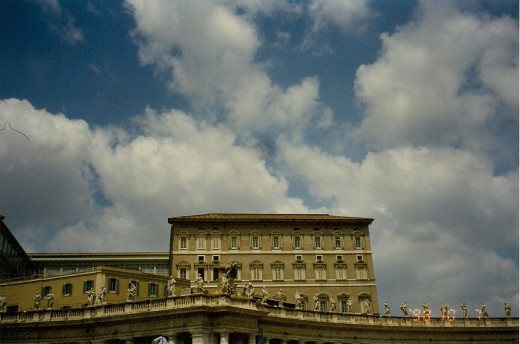
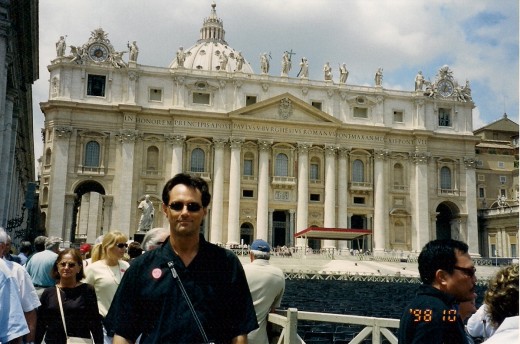
The Fall of Rome
The downfall of Rome, the city proper, can be traced to the decision by Constantine (whose mother, Helena, was a British Christian) to move the capital of the Empire 857 miles east in 330 A.D., to a brand new city he built—Constantinople (modern day Istanbul).
The "Eternal City" of Rome had ruled for 1,083 years. Constantine also ended the persecution of Christians and declared Christianity legal in 313. Christianity had begun to fill the spiritual void in the lives of Romans. Rome was to become the center of the Christian (Catholic—meaning universal) Church.
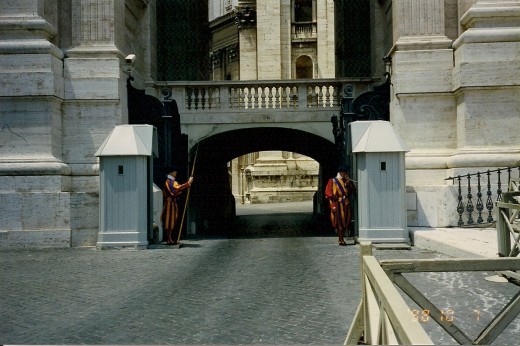
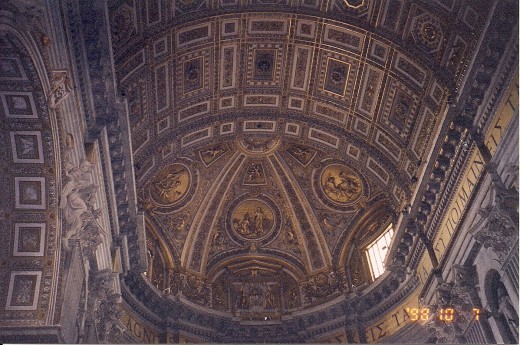
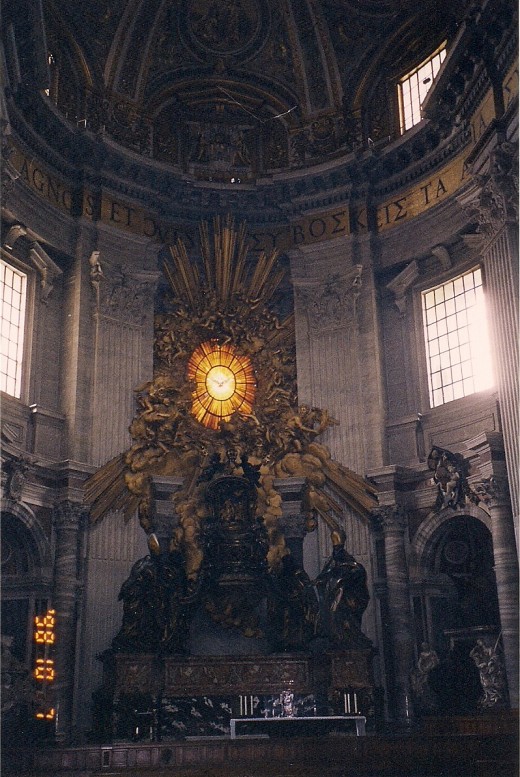
Rome is Sacked
Rome was astonishingly sacked in 410 by the Goths—Visigoths in particular (Germans, known by Romans as the Barbarians). This is generally accepted as the beginning of the Dark Ages.
The people began to flee the city before and after the pillage. Within 50 years the population of the city of Rome had fallen to less 50,000. This city had been by far the largest in the world, at one time having nearly two million residents.
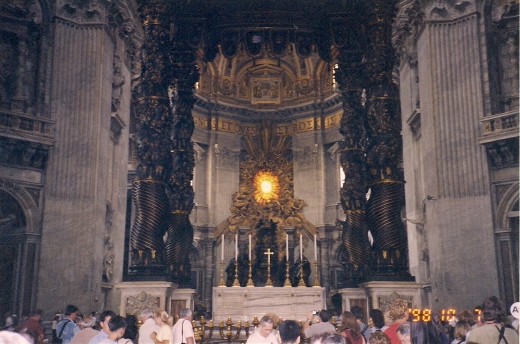
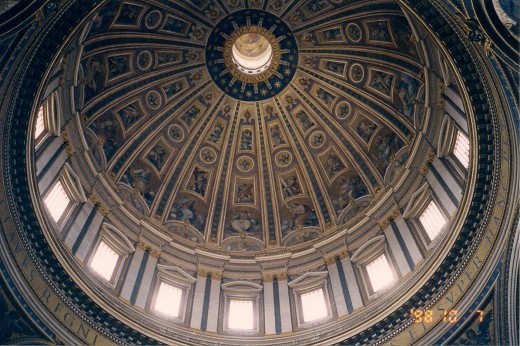
The Vatican
In 756, Roman Catholic Church lands became a sovereign territory. The St. Peter's Basilica we know today was completed in 1626, after 120 years of construction. St. Peter's Square was completed in 1667.
Italy became a nation state in 1871. The Vatican State was created in 1929 on 100 acres of land; and approximately 1,000 souls live there today.
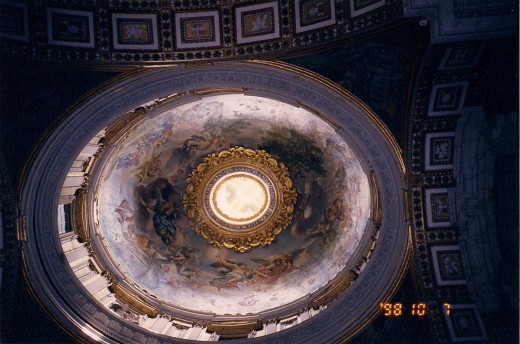
Rome Today
It is estimated that 5.5M people live in the metropolitan area of Rome today. It is a fantastic place to visit that I enjoyed immensely. The beauty of the art, architecture, fountains—and the ruins of ancient Rome—combined with the vibrant modern city filled with people enjoying the outdoors, makes Rome a top travel destination.
